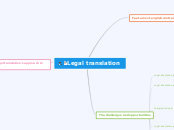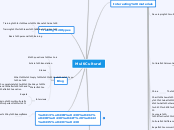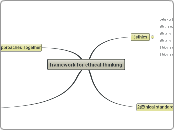Legal translation
The Legal translation's approach to texts
Linguistic features of legal translation
Procedural repetition of formulae
Legal speech acts
Technical style
A special terminology
Standard macro-structures
Focus on translation problems in the law
Cultural aspects
Various legal backgrounds of translation
British common law
European legislation
Roman constitutional law of antiquity
Legal Concepts and terminology
Levels of abstraction
Concepts of European law
Legalistic ideas
Actions and relations
Conditions
Subjects and rights
Cases of legal translation
International treaties
Political changes
New law texts
Trade contracts
Foreign court decissions
Penal proceedings
Personal documents
Education certificate
Divorce decree
Birth certificate
Translation and the law
Disciplines
Comparative law
Translations studies
Hermeutics
Reflection
Holistic nature
Process character
Phenomenology
Historicity
Subjectivity
The challenges and opportunities
Legal translation training in the 21st century
Model
Social practice
Discourse practice
Source text
Legal translators and ethics
Code of moral principles
Legal translators and society
Translations of academic degrees
Charging for legal translation
Per service
Per hour
Per line
Per word
Legal translation and the profession
Basic knowledge of a sentence or lawsuit
Provide solutions
Legal translation and technology
Computer - aided translation tools
Features of english contract
Lexical features
Long sentences
Express complex ideas
Borrowed words
Adopted from a different language
Modal verbs
Stipulate rights and obligations
Archaic words
Adverbs adding one or several prepositions
Example: herewith, herein, thereinafter
Technical terms
Vocabulary employed in legal terms
Common words with special meaning
Formal words
Demonstrate autorithy
First letter to be capitalized
Laws and regulations
Parties to the contract
Monetary names
International conventions
Organizations involved









